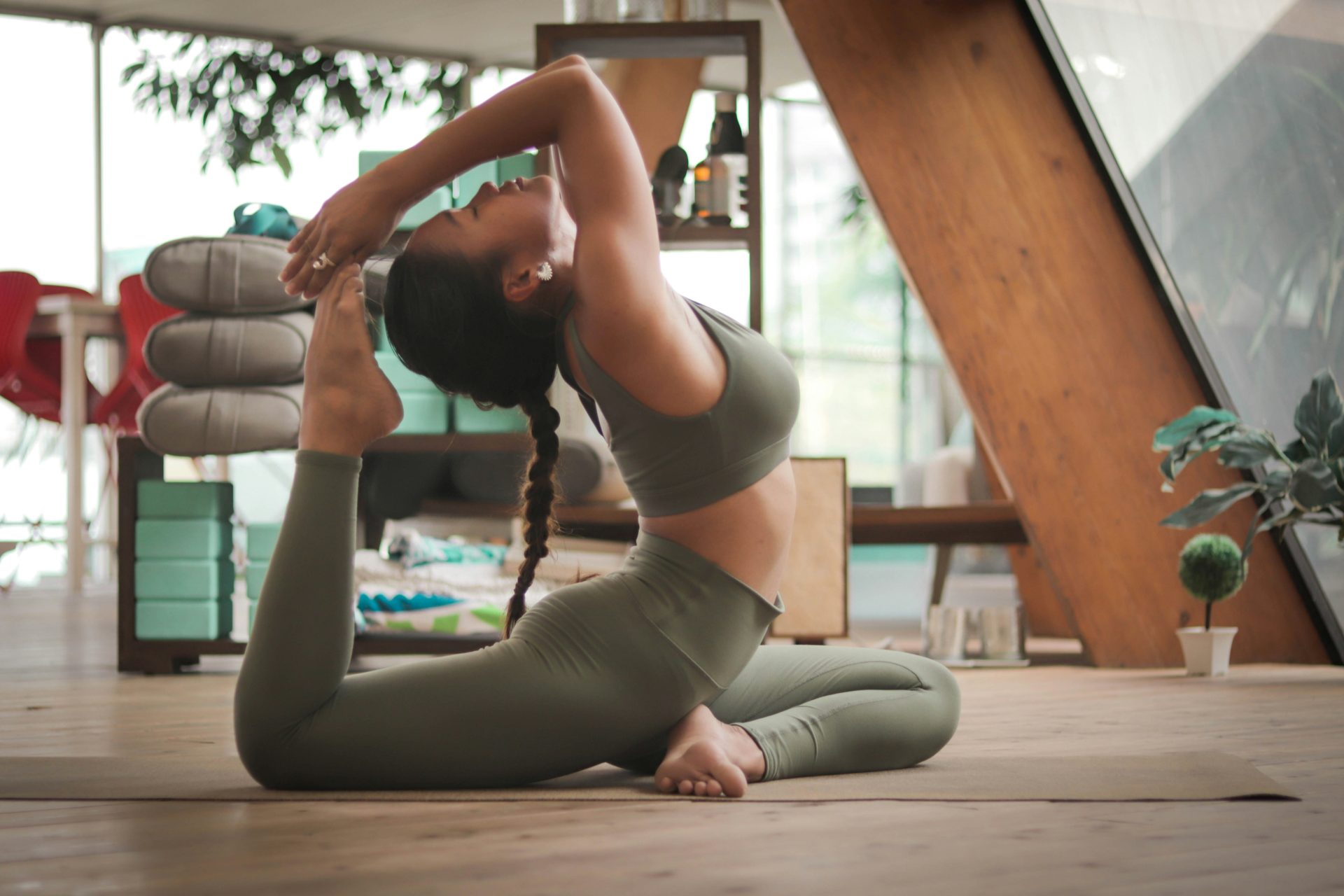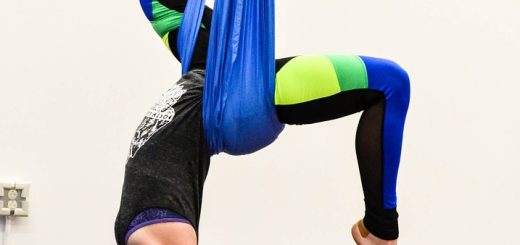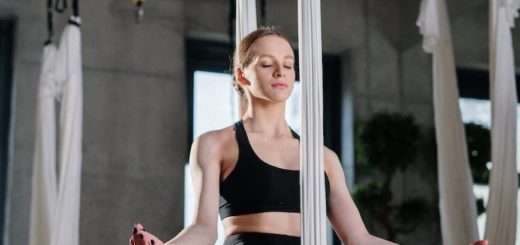The Different Types Of Yoga Explained

Before diving in, please note: This post is for informational purposes only. If you’d like to know more about how we approach topics, feel free to check out our friendly Disclaimer Page.
Hey there, amazing readers! 🖐️ Just a quick note: yes, we know there are a lot of ads here. Trust us, we get it—it’s not the prettiest look, but they help us keep this blog alive and kicking. Those pesky little ads cover the costs of all the behind-the-scenes magic, from hosting and tech stuff to creating content we hope you’ll love.
We’re committed to delivering quality posts, and your support (even just sticking around despite the ads) means everything to us. So, bear with us, and thanks for helping us keep the good vibes rolling. Now, on to the fun stuff! 😉
TRANSLATE BUTTON AT THE END OF THE ARTICLE
Introduction: Understanding the Different Types of Yoga
Yoga is a centuries-old practice that encompasses a wide range of styles, each with its unique focus and benefits.
From the slow and gentle movements of Restorative Yoga to the intense and dynamic sequences of Power Yoga, there is a style of yoga for everyone.
Understanding the different types of yoga can help you choose the practice that best suits your needs and goals.
In this article, we will explore four different types of yoga in detail, shedding light on their key characteristics and what sets them apart from each other.
Hatha Yoga: The Foundation of Yoga Practice
Hatha Yoga is often referred to as the foundation of all yoga practices.
It focuses on physical postures (asanas) and breathing techniques (pranayama) to align the body and mind.
Hatha classes are typically slow-paced and gentle, making them suitable for beginners or those looking to build a solid yoga practice.
The emphasis is on holding poses for an extended period, allowing practitioners to deepen their flexibility, strength, and focus.
Hatha Yoga is a great starting point for those new to yoga as it provides a solid foundation for more advanced practices.
Vinyasa Yoga: Flowing Movement and Breath
Vinyasa Yoga is a dynamic and fluid style of yoga that synchronizes movement with breath.
In Vinyasa classes, students move through a series of poses in a continuous flow, linking each movement to an inhale or exhale.
This style of yoga is often referred to as “flow yoga” due to its smooth transitions between poses.
Vinyasa classes are typically more fast-paced and challenging than Hatha Yoga, making them suitable for those looking for a more vigorous workout.
The focus on breath and movement in Vinyasa Yoga helps practitioners cultivate mindfulness and improve their overall physical fitness.
Ashtanga Yoga: Discipline and Strength
Ashtanga Yoga is a traditional and rigorous style of yoga that focuses on strength, flexibility, and endurance.
This dynamic practice follows a set sequence of poses that are performed in a specific order.
Ashtanga classes are physically demanding, with a strong emphasis on proper alignment and breath control.
The practice of Ashtanga Yoga requires discipline and dedication, making it ideal for those seeking a challenging and structured practice.
Regular practice of Ashtanga Yoga can help build physical strength, mental focus, and overall well-being.
Bikram Yoga: Hot Yoga for Detoxification
Bikram Yoga, also known as Hot Yoga, is practiced in a room heated to around 105°F with high humidity.
This style of yoga consists of a series of 26 postures and two breathing exercises performed in a specific sequence.
The heat in a Bikram Yoga class is designed to help practitioners sweat out toxins, increase flexibility, and prevent injuries.
Bikram Yoga is known for its detoxifying effects on the body and its ability to improve circulation and promote weight loss.
While the intense heat of Bikram Yoga may not be suitable for everyone, those who enjoy a good sweat and want to cleanse their body can benefit from this challenging practice.
Kundalini Yoga: Focus on Energy Flow
Kundalini Yoga is a spiritual and energetic style of yoga that focuses on awakening the Kundalini energy located at the base of the spine.
This practice incorporates dynamic breathing techniques, chanting, meditation, and physical postures to release this powerful energy and achieve a higher state of consciousness.
Kundalini classes are often characterized by repetitive movements and breathwork designed to awaken and channel the Kundalini energy through the body’s energy centers (chakras).
Practitioners of Kundalini Yoga may experience a deep sense of connection, inner peace, and spiritual growth through this powerful practice.
Iyengar Yoga: Precision and Alignment
Iyengar Yoga is a precise and alignment-focused style of yoga developed by B.K.S.
Iyengar.
This method emphasizes the use of props such as blocks, straps, and blankets to help students achieve proper alignment in each pose.
Iyengar classes focus on holding poses for an extended period, allowing practitioners to refine their alignment, strength, and flexibility.
The attention to detail and precision in Iyengar Yoga makes it suitable for all levels, from beginners to advanced practitioners.
This style of yoga is particularly beneficial for those recovering from injuries or looking to improve their alignment and posture.
Restorative Yoga: Relaxation and Renewal
Restorative Yoga is a gentle and nurturing style of yoga that focuses on relaxation and rejuvenation.
In Restorative classes, students use props such as bolsters, blankets, and blocks to support the body in passive poses for an extended period.
This practice encourages deep relaxation, stress relief, and restoration of the body and mind.
Restorative Yoga is ideal for those looking to unwind, release tension, and cultivate a sense of peace and well-being.
The slow and gentle nature of Restorative Yoga makes it suitable for all levels, including those recovering from injuries or dealing with chronic pain.
Yin Yoga: Deep Stretching and Meditation
Yin Yoga is a slow-paced and meditative style of yoga that focuses on deep stretching and mindfulness.
In Yin classes, students hold passive poses for an extended period, typically three to five minutes or longer.
This prolonged stretching targets the connective tissues such as ligaments, tendons, and fascia, helping to improve flexibility and release tension.
Yin Yoga also incorporates elements of meditation and breathwork to cultivate a sense of inner peace and relaxation.
This soothing practice is suitable for all levels and can be particularly beneficial for those looking to increase flexibility, reduce stress, and enhance their overall well-being.
Power Yoga: Intense and Dynamic Practice
Power Yoga is a vigorous and athletic style of yoga that focuses on building strength, endurance, and flexibility.
This dynamic practice is inspired by Ashtanga Yoga but offers more flexibility in sequencing and pace.
Power Yoga classes typically feature a flowing sequence of poses that challenge practitioners both physically and mentally.
The fast-paced nature of Power Yoga makes it a great workout for those looking to build muscle, improve cardiovascular health, and enhance their overall fitness levels.
This energetic practice is suitable for all levels, from beginners to advanced yogis looking for a challenging and dynamic workout.
AcroYoga: Partner-based Yoga for Trust and Connection
AcroYoga is a unique and playful style of yoga that combines acrobatics, yoga, and Thai massage.
This partner-based practice involves one person (the base) supporting and lifting another person (the flyer) in a series of poses that require trust, communication, and teamwork.
AcroYoga classes focus on building strength, coordination, and connection between partners through shared movement and breath.
This dynamic practice is a fun and engaging way to explore balance, flexibility, and trust while connecting with others in a supportive and playful environment.
AcroYoga is suitable for all levels, from beginners to experienced yogis looking to deepen their practice and bond with others.
Choosing the Right Type of Yoga for You
With so many different types of yoga to choose from, finding the right practice for you can seem overwhelming.
Here are some tips to help you navigate the vast world of yoga and find a style that suits your needs and goals:
Consider your fitness level and goals: If you’re new to yoga or looking for a gentle practice, Hatha or Restorative Yoga may be a good starting point.
If you’re seeking a more intense workout, Power Yoga or Ashtanga Yoga may be more suitable.
Think about your preferences: Do you enjoy a fast-paced and dynamic practice, or do you prefer a slow and meditative approach?
Consider what type of movement and atmosphere resonate with you.
Try different styles: Don’t be afraid to experiment with different types of yoga to see which one resonates with you the most.
Attend a variety of classes and workshops to explore the different offerings and find a practice that feels right for you.
Listen to your body: Pay attention to how your body feels during and after each yoga practice.
Choose a style that makes you feel good physically, mentally, and emotionally.
Seek guidance: If you’re unsure about which type of yoga is best for you, consider consulting with a yoga instructor or attending a beginner’s workshop to get personalized recommendations based on your needs and preferences.
By taking the time to explore and experiment with different types of yoga, you can find a practice that not only fits your physical abilities and goals but also resonates with your mind, body, and spirit.
Remember that yoga is a personal journey, and there is no one-size-fits-all approach.
Find a style that speaks to you and brings you joy, peace, and well-being.
Conclusion
In conclusion, the world of yoga offers a diverse range of styles and practices to suit every individual’s needs and preferences.
Whether you’re looking to build strength and flexibility, cultivate mindfulness and relaxation, or connect with others in a playful and supportive environment, there is a style of yoga for you.
By exploring the different types of yoga outlined in this article and considering your goals, fitness level, and preferences, you can find a practice that aligns with your needs and enhances your overall well-being.
Remember that yoga is a journey of self-discovery and growth, so embrace the process of finding the right practice for you and enjoy the many benefits that yoga has to offer.

The Enlightenment Journey is a remarkable collection of writings authored by a distinguished group of experts in the fields of spirituality, new age, and esoteric knowledge.
This anthology features a diverse assembly of well-experienced authors who bring their profound insights and credible perspectives to the forefront.
Each contributor possesses a wealth of knowledge and wisdom, making them authorities in their respective domains.
Together, they offer readers a transformative journey into the realms of spiritual growth, self-discovery, and esoteric enlightenment.
The Enlightenment Journey is a testament to the collective expertise of these luminaries, providing readers with a rich tapestry of ideas and information to illuminate their spiritual path.
Our Diverse Expertise 🌟
While our primary focus is on spirituality and esotericism, we are equally passionate about exploring a wide range of other topics and niches 🌍📚. Our experienced team is dedicated to delivering high-quality, informative content across various subjects ✨.
To ensure we provide the most accurate and valuable insights, we collaborate with trusted experts in their respective domains 🧑🏫👩🏫. This allows us to offer well-rounded perspectives and knowledge to our readers.
Our blog originally focused on spirituality and metaphysics, but we’ve since expanded to cover a wide range of niches. Don’t worry—we continue to publish a lot of articles on spirituality! Frequently visit our blog to explore our diverse content and stay tuned for more insightful reads.






